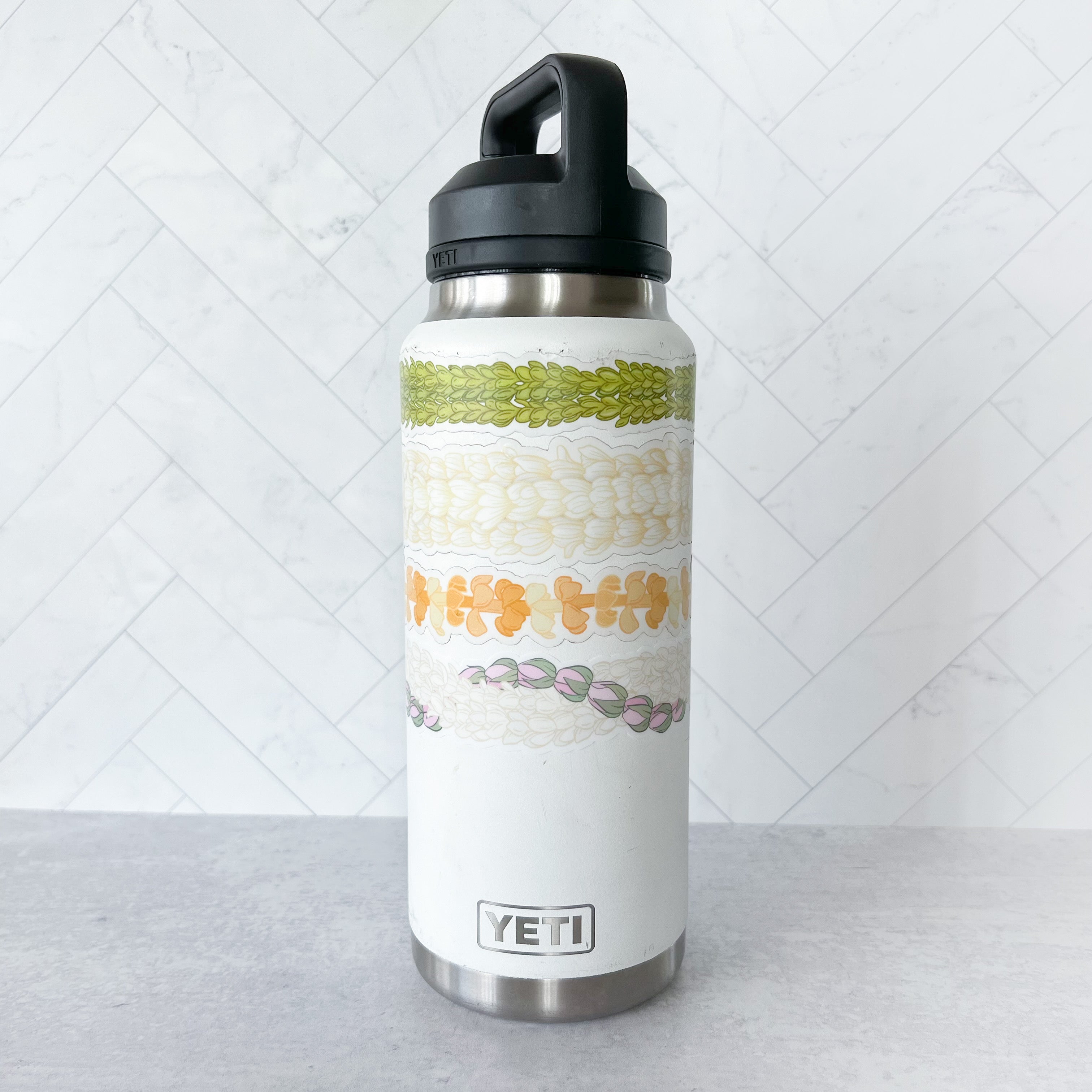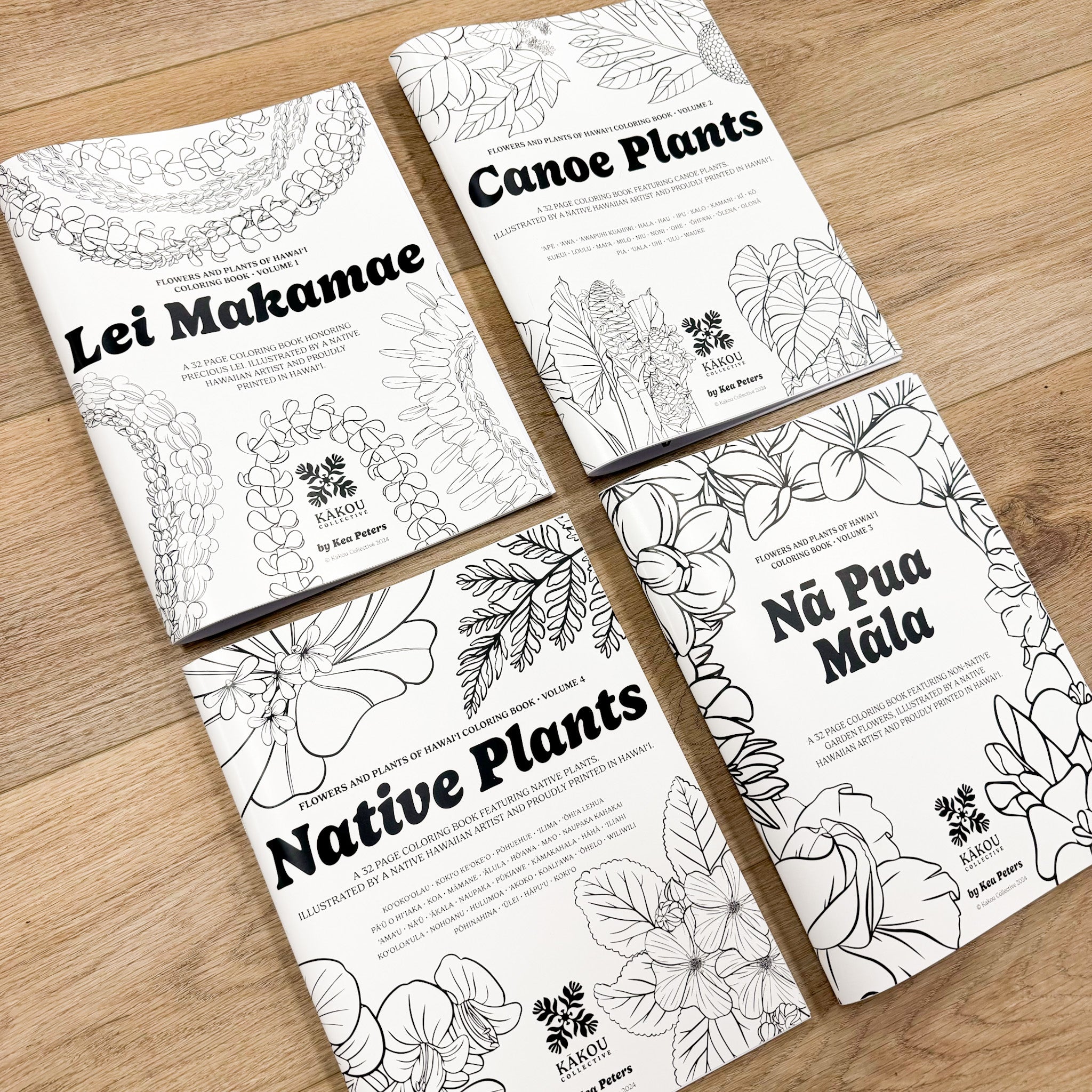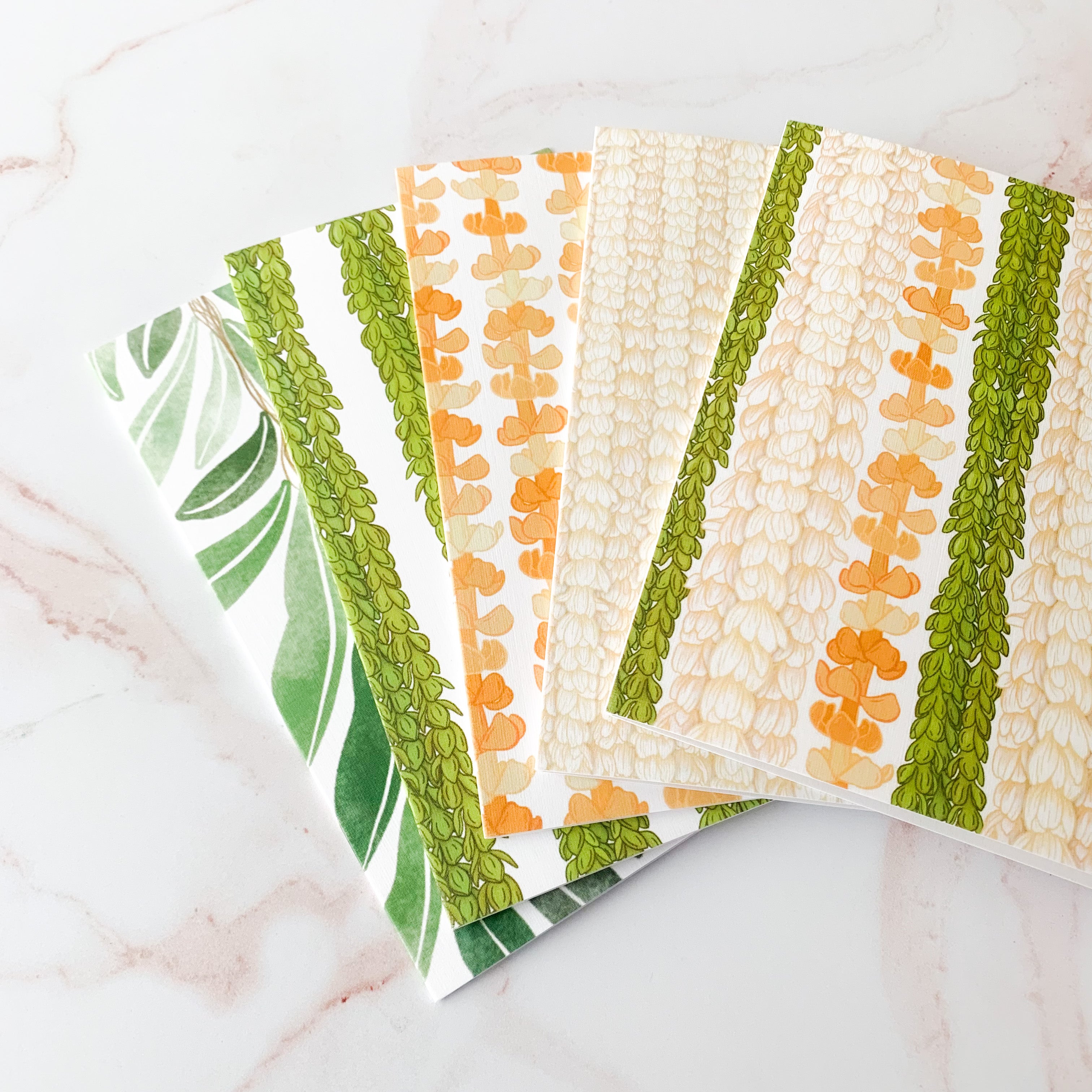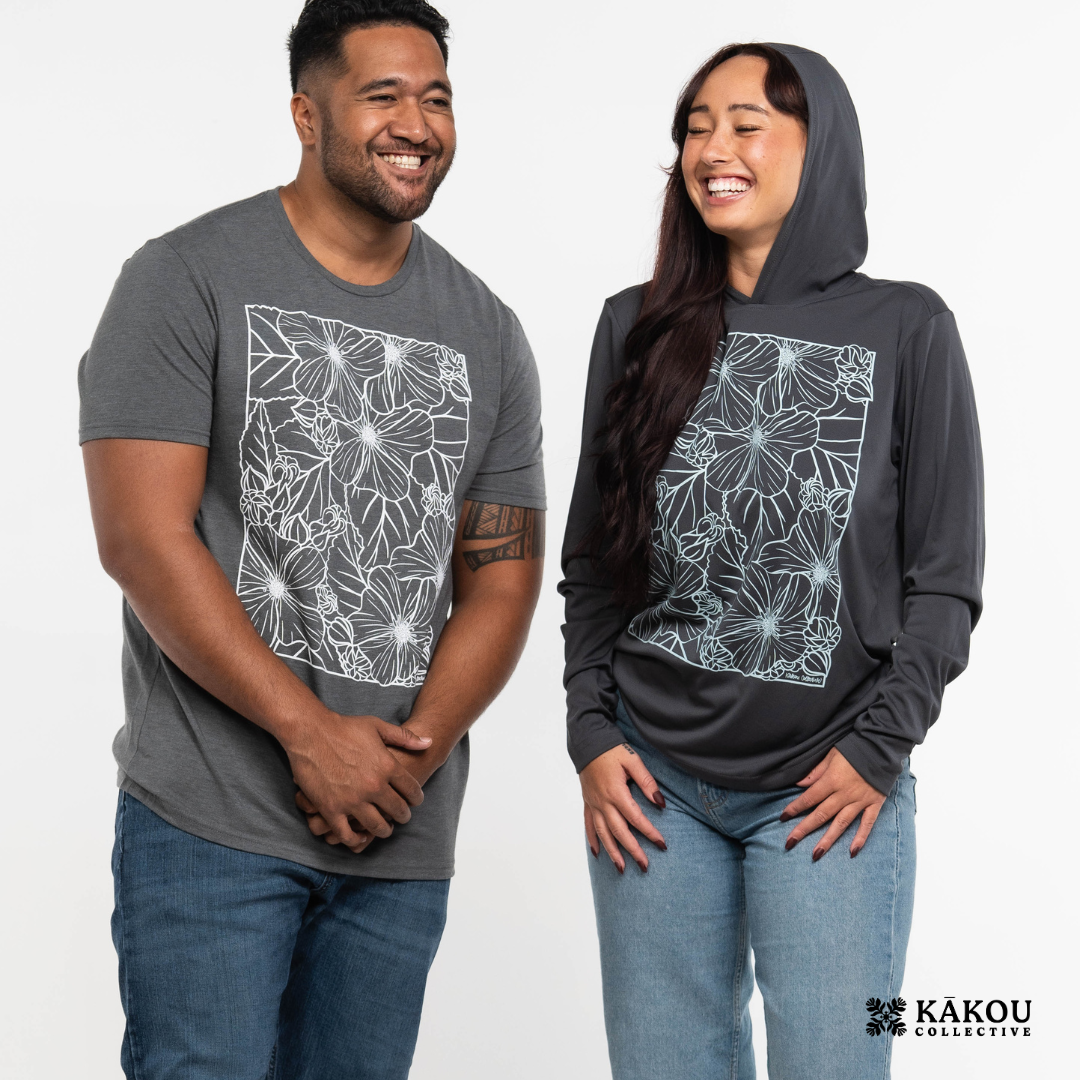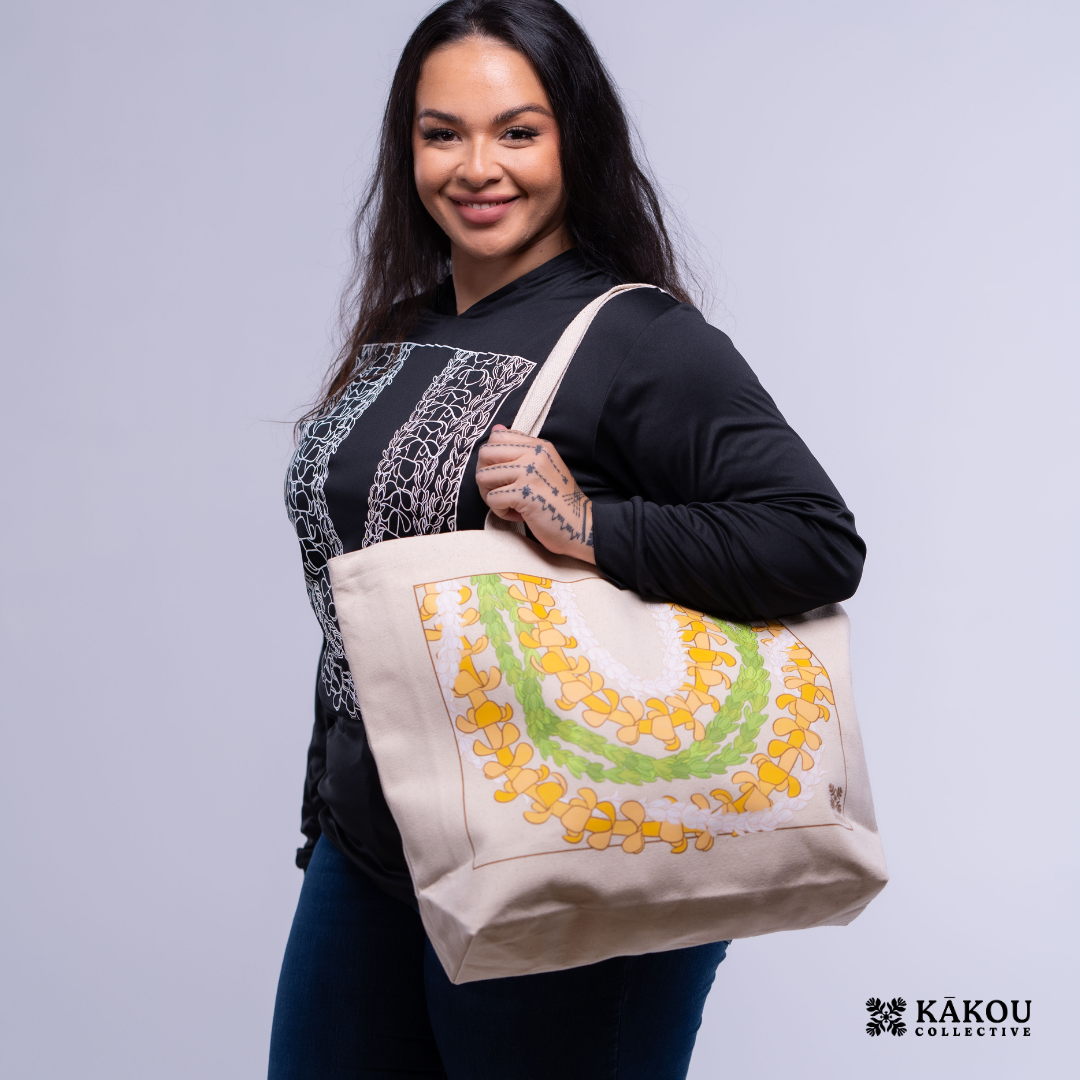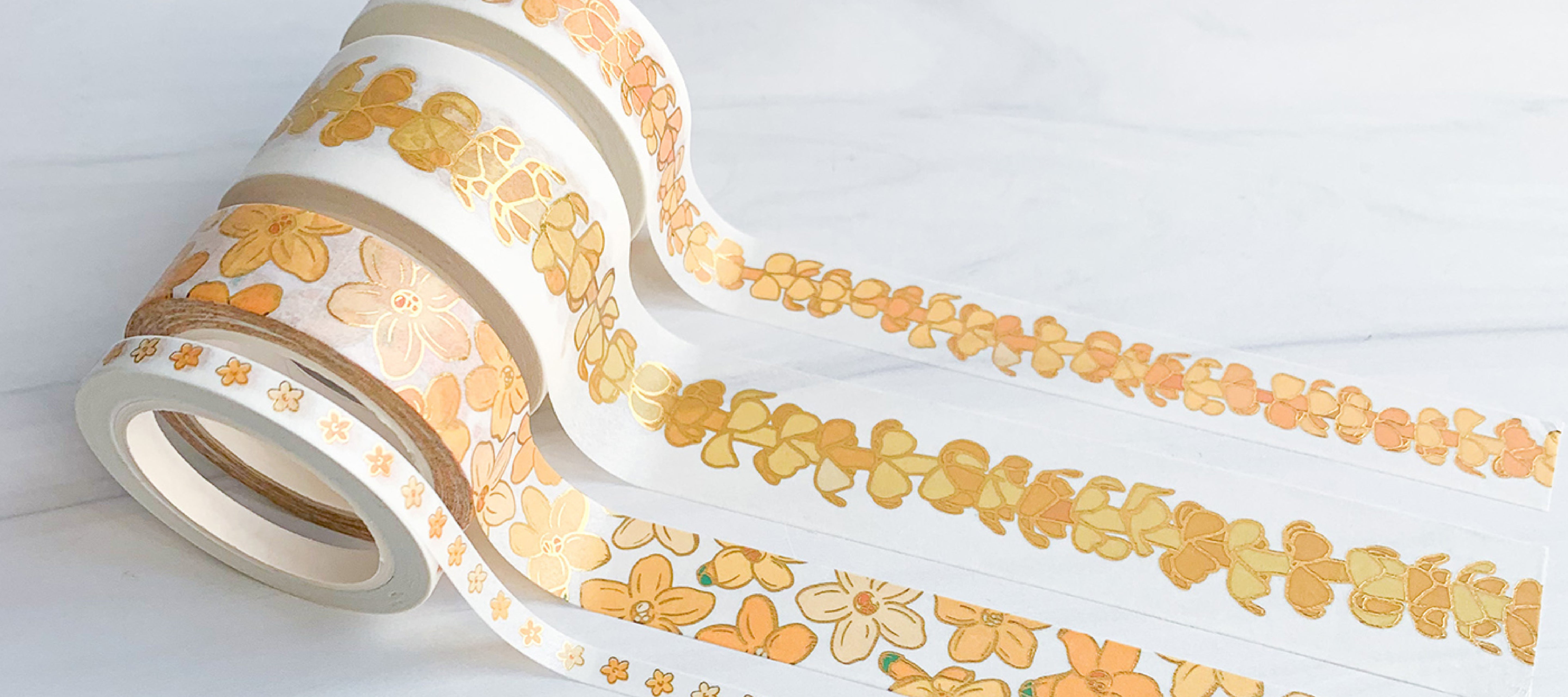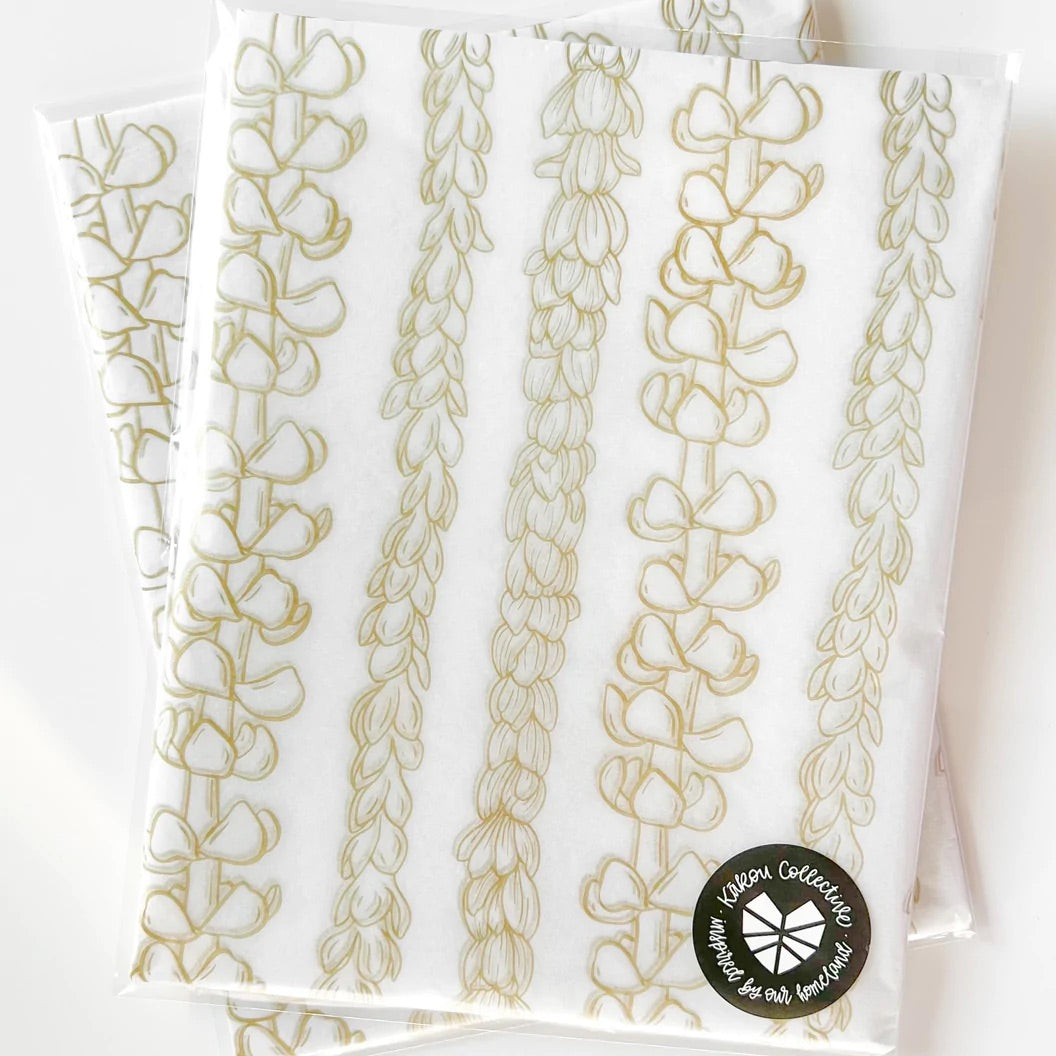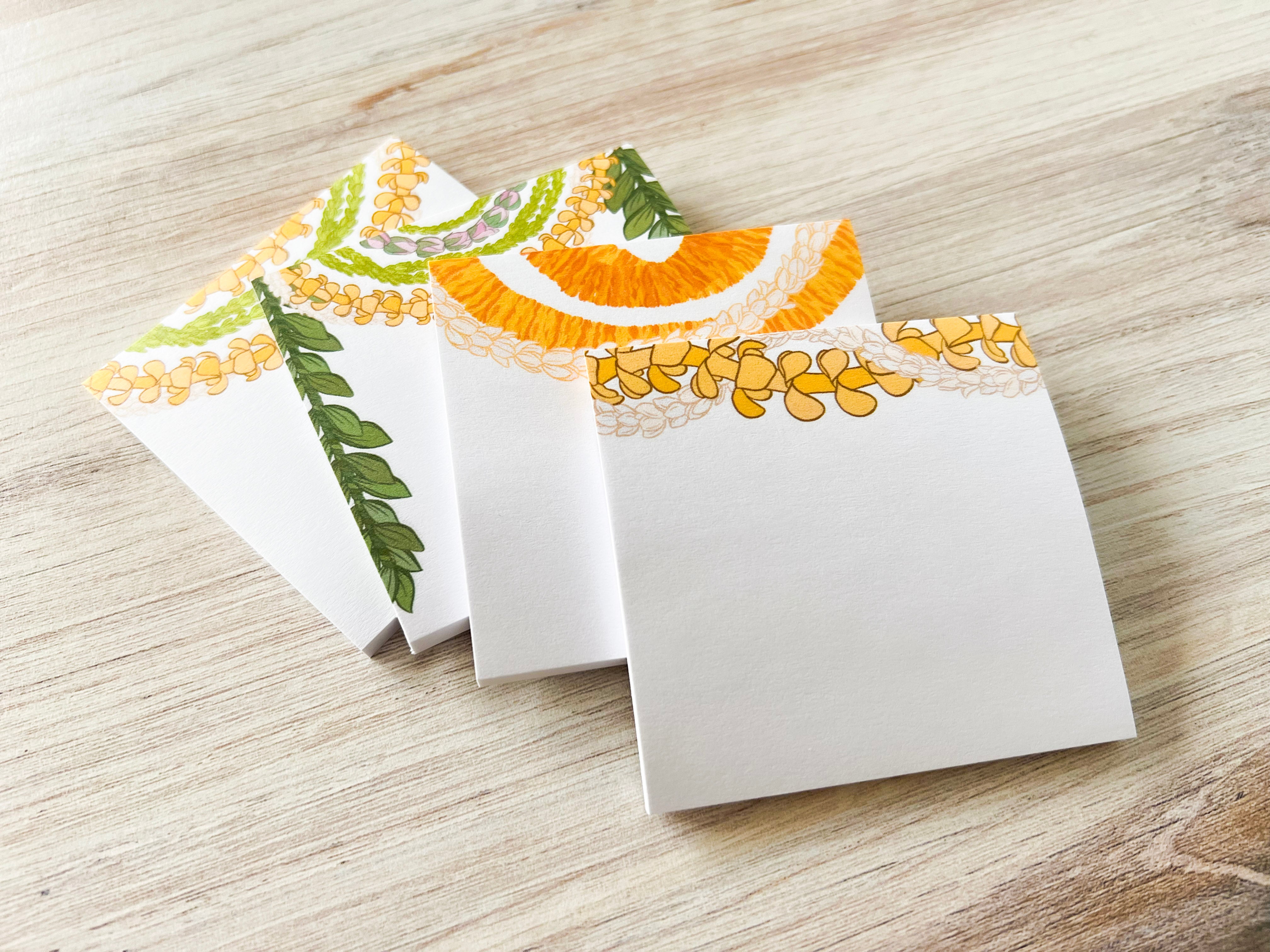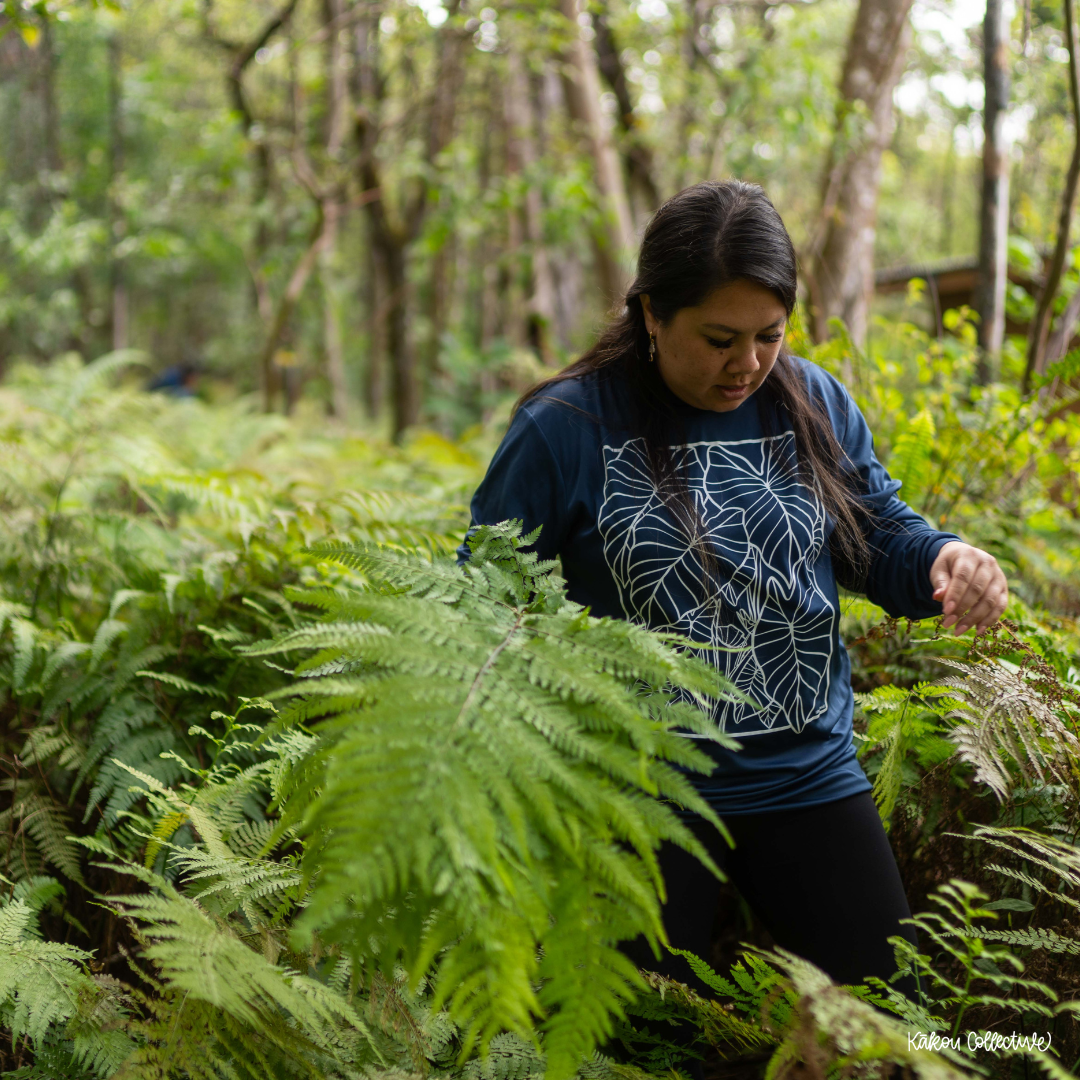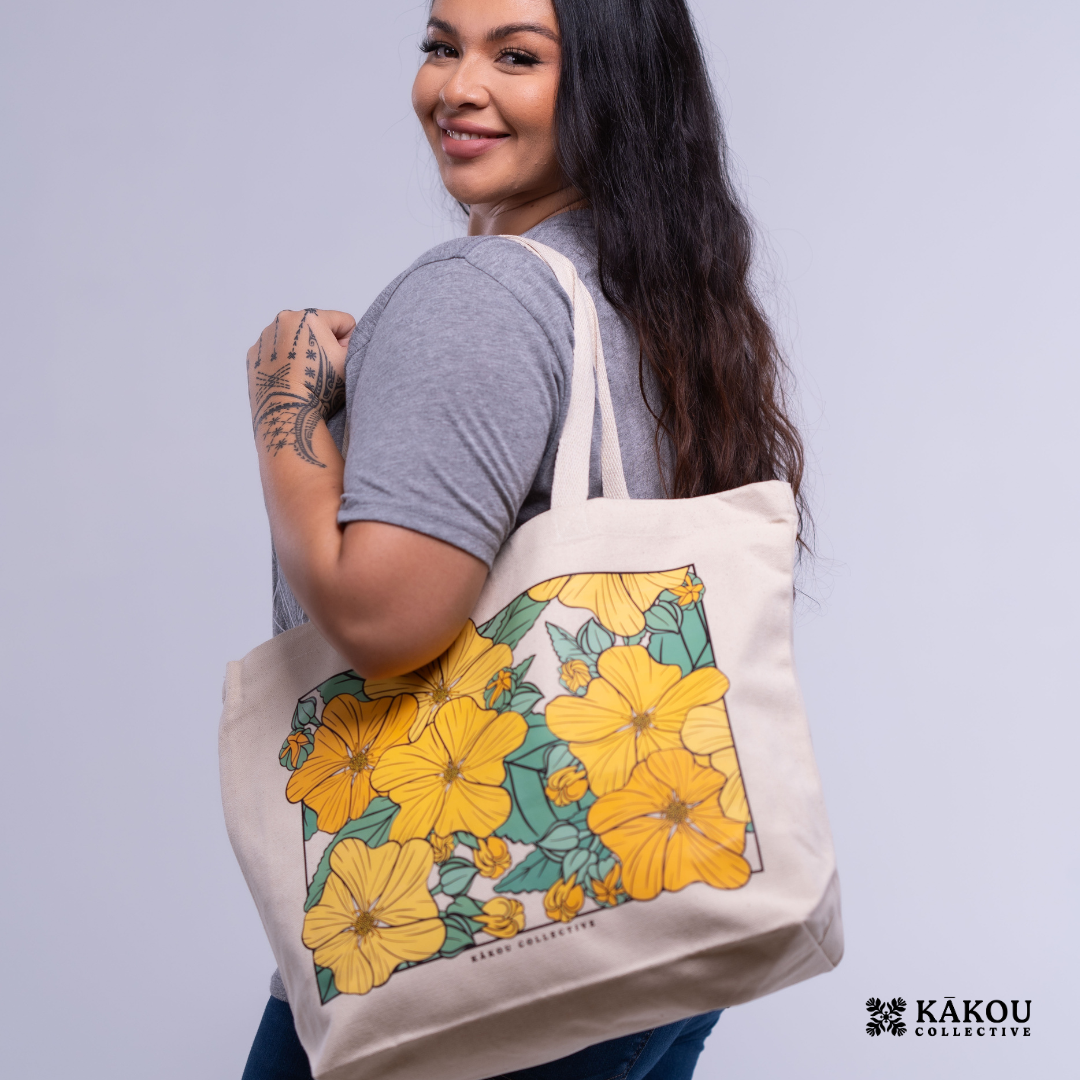Loke in Hawaiʻi: Introduced, Embraced, and Worn in Lei
Loke, the name used in Hawaiʻi for rose, is not native to these islands. Roses originated in Asia and were introduced to Hawaiʻi in the 1800s, brought over by foreign settlers and missionaries who planted them in ornamental gardens. Unlike canoe plants that arrived with Polynesian voyagers, loke came much later and is classified as an introduced species.
Still, loke found its way into local traditions—especially lei making. You’ll often see it in lei poʻo or paired with other favorites like pīkake and pakalana for special occasions such as hula, graduations, or weddings. In 1923, the rose was officially designated as the island flower of Maui, becoming part of the state’s set of island blooms.
While it doesn’t share the same cultural or ecological roots as Hawaiʻi’s native plants, loke has been embraced across generations for its beauty and usefulness in lei. At Kākou Collective, we include loke in our designs to reflect this lived experience—acknowledging the ways plants introduced to Hawaiʻi have become part of the stories we continue to tell through art.


